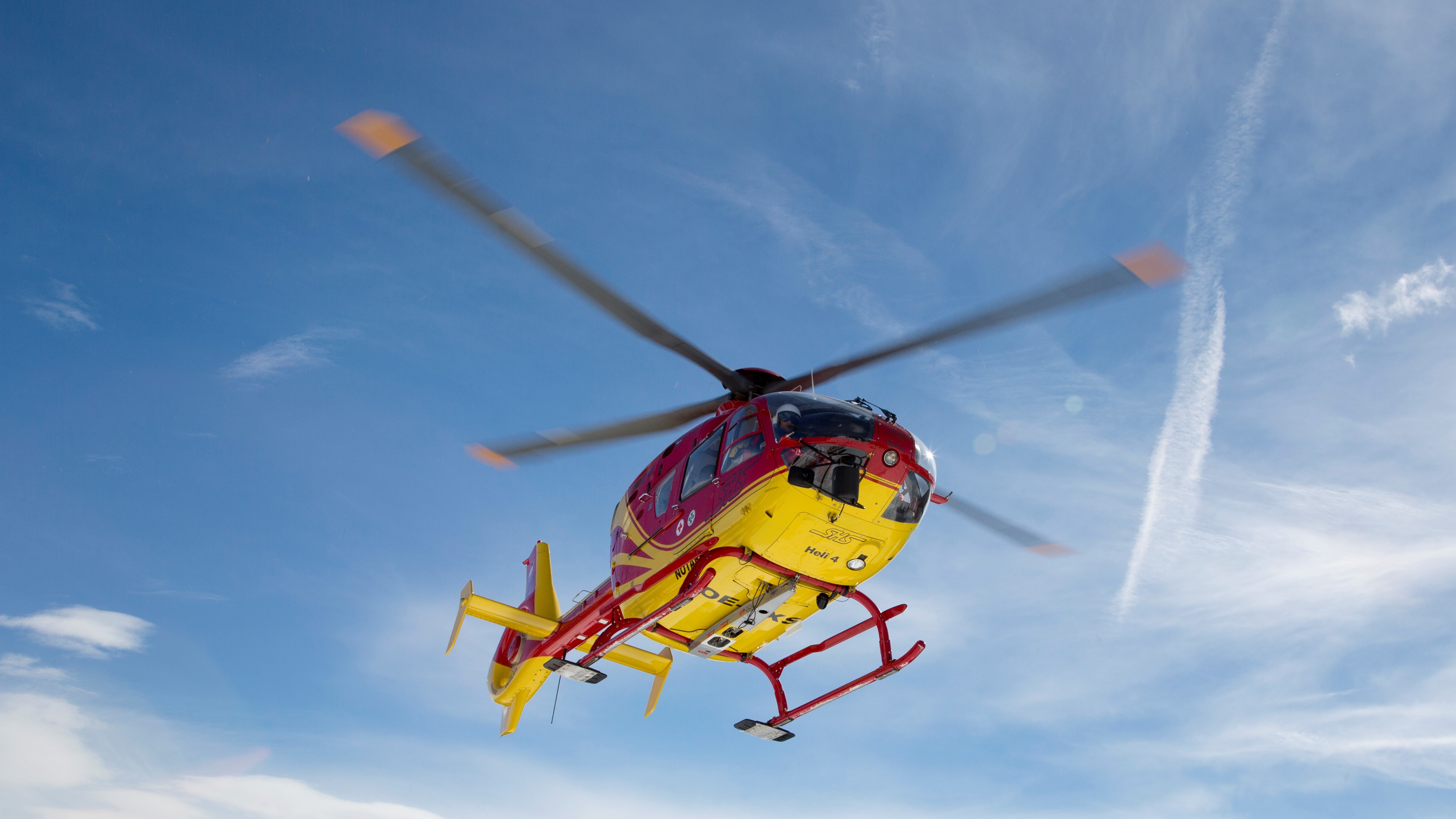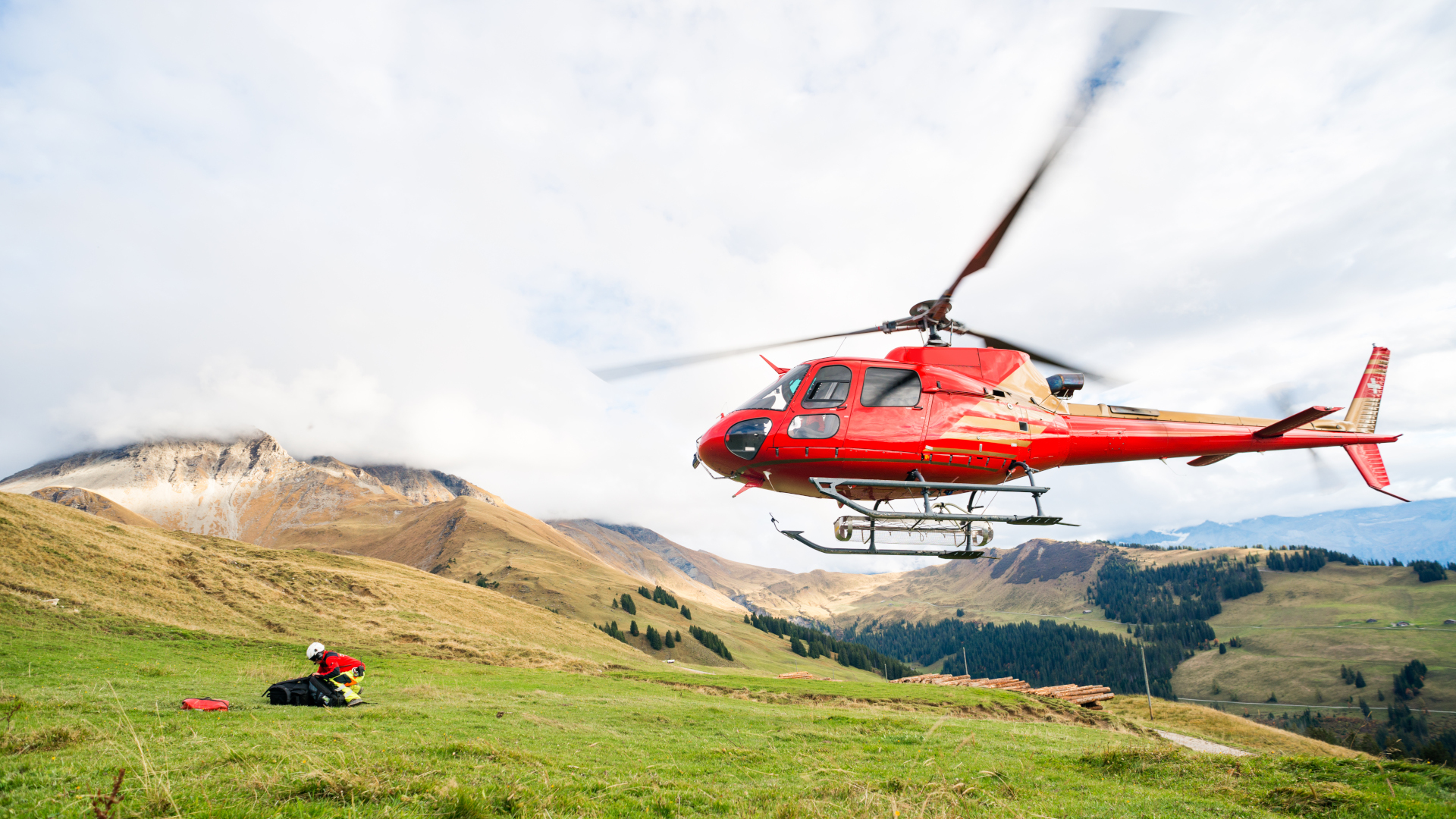
A new technology is being trialed in Colorado that can help search and rescue teams find missing parties in the backcountry in less than three minutes.
The Lifeseeker was developed by Spanish research and technology company Centum and is a location system that acts like a small cellphone tower, attaching to the outside of a helicopter. The device turns the cellphones of missing backcountry users into emergency beacons that can quickly guide mountain teams to the exact location of the missing person.
According to a report in the Colorado Sun, the device is currently being tested for use by rescue crews in La Plata Canyon, northwest of Durango. In their trials, rescuers were able to locate two test subjects within two minutes and 14 seconds.
The densely forested, rugged canyon is framed by high peaks and several trail runners have gone missing there in recent years, including David Lunde and Daniel Lamthatch in 2022, and more recently Ian O'Brien in 2023. In all three cases, the search efforts were called off after several weeks of combing through difficult terrain with no sightings, but it's hoped that the Lifeseeker could shave valuable time off these searches and help bring hikers and runners home.
The device still needs a clear view of the terrain being searched and no interference, but in the right conditions, rescue teams could pick up the signal of a cellphone within 20 miles, though it operates best within a five mile radius. It then zooms in on the signal until team can pinpoint exactly where the missing person is, and either land the helicopter or send crews in on foot to deliver aid. It also allows teams to communicate with the subject via text message.
According to Centrum, the device has already been used in over 200 successful missions in more than 10 countries. The technology is in the process of being approved by the FCC for use in the US. If approved, it will add to the tools available to search and rescue teams like satellite communicators and RECCO reflectors.

Backcountry safety
When venturing into the backcountry, hikers and runners are reminded to always practice the Three T's: trip plan, train and take these essentials:
- Electrolytes and energy bars
- Trail running sunglasses
- Running headlamp
- Emergency bivy sack
- Minimalist first-aid kit focused on items to stop bleeding, but also has meds and other minor ailment treatments such as moleskin
- Folding camping knife
- Fire starter
- Map and compass
- Two-way communications devices such as the Garmin InReach
- Battery pack with appropriate cables for electronic devices
- Wool or synthetic running gloves
- Wool skull cap/hat
- Soft water bottles and water filter
- Phone with offline mapping app
- Lightweight waterproof breathable shell jacket
- 12-liter running vest
- Mid-layer micro-puffy jacket for runs that will take you high or deep or when weather dictates need for extra warmth
Learn more in our article on backcountry survival tips for trail running in Colorado.







